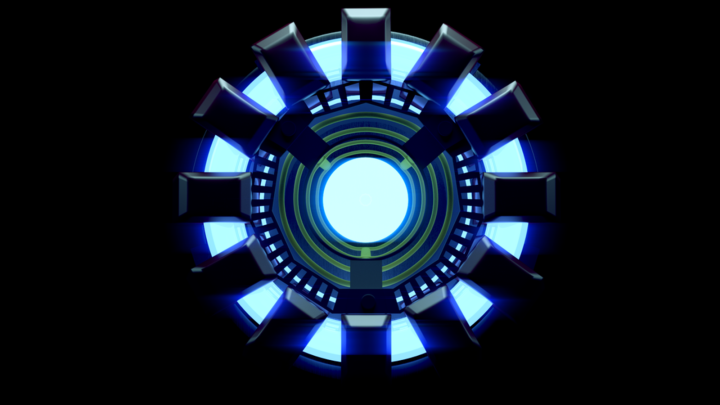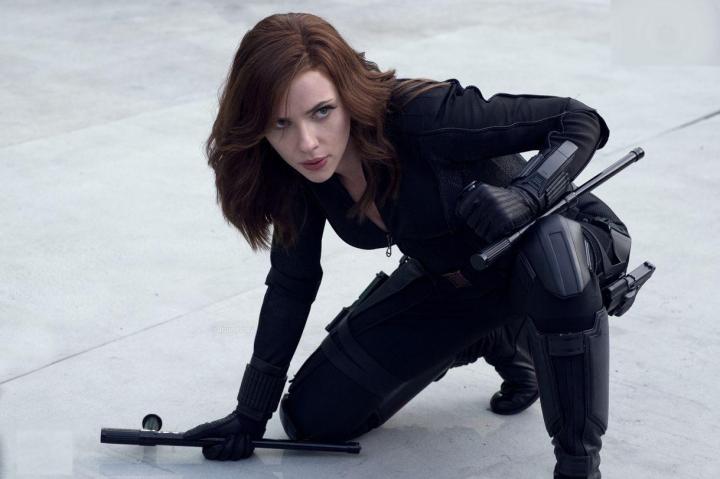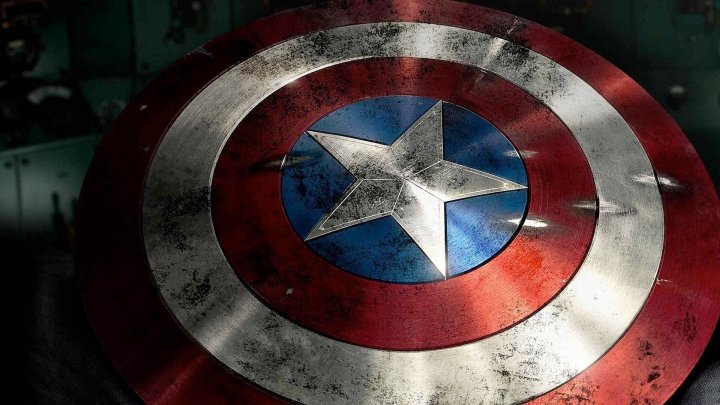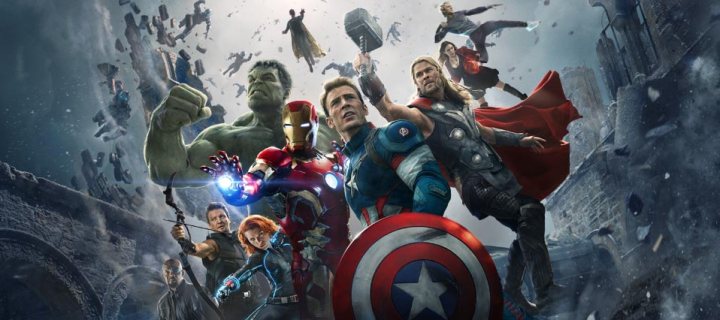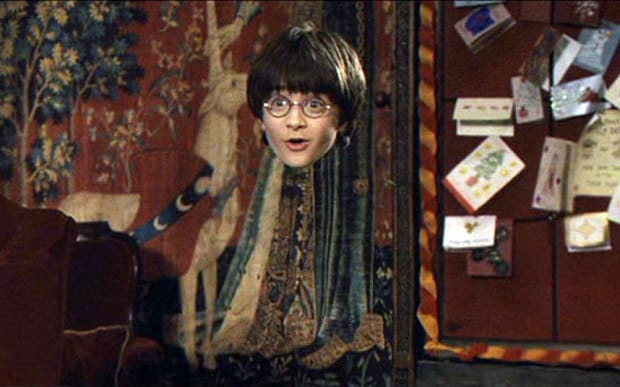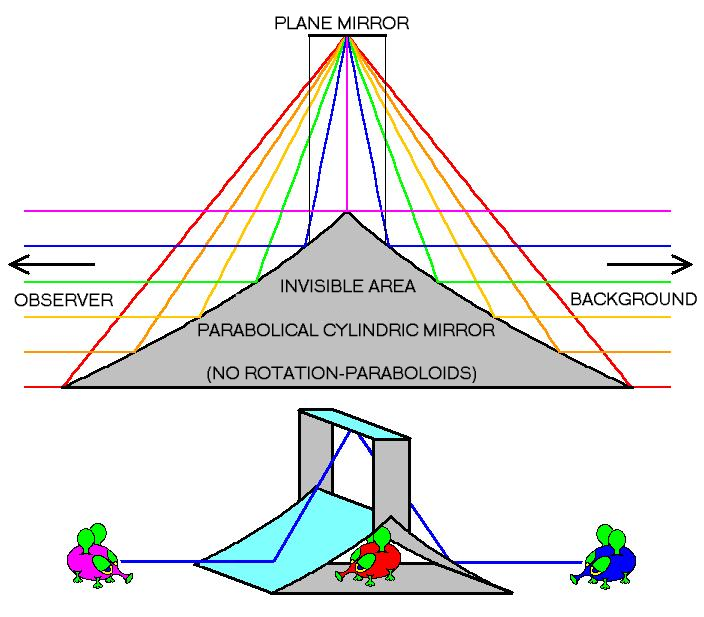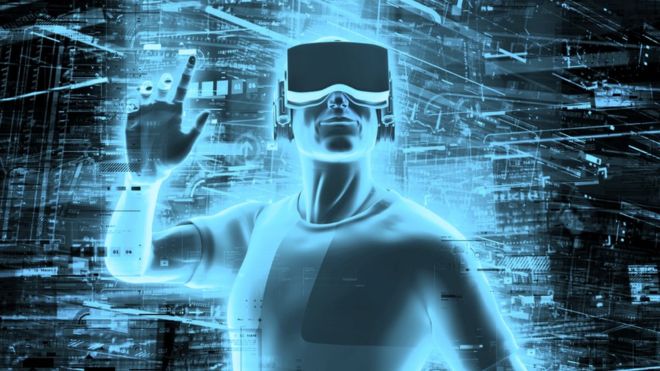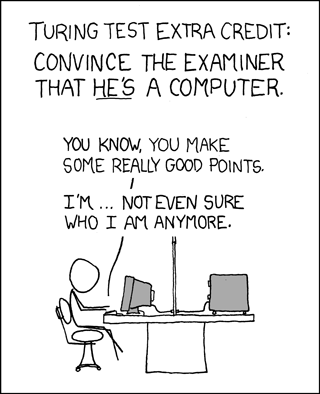“If I were not a physicist, I would probably be a musician”
Albert Einstein
Art. Picasso. Tagore. Van Gogh. Rodin. Dali. Hussain. Mona Lisa. Frescos.
Technology. Bill Gates. Turing. Artificial Intelligence. Smartphones. Tablets. PS4.
Not even close. The concept of art and the scope of technology cannot be defined by a few words taken up from a General Knowledge Book or the latest catalogue at the nearest electronics store.
One might as well give up explaining the difference between these abstract topics, but let’s check it out.
We can consider art to be one of the most humane abilities we are endowed with by birth. An artist, actor or perhaps a painter only excels at it by appreciating it to the fullest. Art cannot be read out of a book. It takes lot of patience, and an open mind to truly realize the worth of art, whether it is a film, a song, or just a toddler’s notorious paintings on the wall.
Tech. The notion of technology is often camouflaged with other popular terms like smartphones, i7 processors, gaming consoles, Call of Duty:-Modern Warfare and even the thought that humans are inventing they’re ultimate fate of becoming extinct by robots which would someday take over this precious blue planet of ours. Technology is NOT that. It is a manifestation of the success of the human race in progressing through the ages primarily for survival, secondarily for convenience, and lately for people so bored they have nothing else to do. I truly believe that when fire was discovered, prehistoric human made their first science fair project.
Though the description of these spheres is very different, the naked truth is that these seemingly distinct disciplines are more intertwined than ever, with technology being a fundamental force in the development of art, and art changing the way we perceive and use technology. The internet, digital fabrication, nano tech, biotech, self-modification, augmented reality, virtual reality, “the singularity” – you name it, all of this is altering our lives and our view of the world, ourselves and hence, art; art which is a reflection of us in the truest sense.
Art is rapidly changing today. The latest works in art are made or restored on a computer or using high-precision instruments. The digitization of pictures itself revolutionized the art industry. The advent of software tools like Adobe Photoshop, GIMP have also unimaginably increased the number of artists today, mainly because of the outreach of these products to people around the world.
Technology too, has always been molding to the standards set by art as a whole. The smartphones we use everyday are getting smarter and artistic. The beauty of an impeccably thin and sleek smartphone is often one of the main value-adding qualities to the device. Glossy finishes, attractive designs are just some of the specs consumers look out for today. There is also a demand for new and better technology so that can enjoy the aesthetic value of the things we see, hear or feel better in the form of cameras with better focus, headphones with noise cancellation or the new curved Smart LED TVs big shot companies are releasing.
Art and technology, are thus integral to the development of humans as a species. They complement each other and are both necessary for the progress of us and world. They inspire us to challenge our limits & as we stretch them we create a masterpiece, challenge & reach the infinite, something the world hasn’t seen, something divine & unproportionate.


